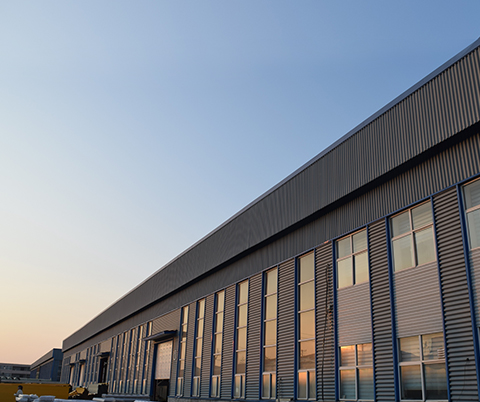loading...
- No. 9, Xingyuan South Street, Dongwaihuan Road, Zaoqiang County, Hengshui, Hebei, China
- admin@zjcomposites.com
- +86 15097380338
- Welcome to visit our website!
fibre reinforced plastic tanks and vessels
Fibre Reinforced Plastic Tanks and Vessels A Modern Solution for Storage and Transportation
In the ever-evolving world of materials engineering, fibre reinforced plastic (FRP) has emerged as a game-changer, particularly in the realm of tanks and vessels. The demand for durable, lightweight, and corrosion-resistant solutions in industries such as chemicals, wastewater treatment, and food and beverage has fueled the growth of FRP technology. This article explores the benefits, applications, manufacturing processes, and future trends regarding fibre reinforced plastic tanks and vessels.
Advantages of Fibre Reinforced Plastic
One of the most significant advantages of FRP is its impressive strength-to-weight ratio. Unlike traditional materials such as metals and concrete, FRP is considerably lighter, making it easier to handle and transport. This reduction in weight can lead to lower transportation costs and simplified installation processes, especially in locations that are difficult to access.
Another key benefit of FRP is its corrosion resistance. Many industrial environments involve exposure to harsh chemicals, water, and other corrosive substances that can degrade conventional materials over time. FRP tanks and vessels are inherently resistant to such conditions, extending their service life and reducing maintenance costs. Additionally, they do not require periodic repainting or coating, which is often necessary for metal containers.
Thermal insulation is another advantage of FRP. The material's intrinsic properties allow for better temperature control, which is particularly valuable in industries where temperature regulation is crucial. Furthermore, FRP can be tailored with various additives to enhance its fire retardancy, UV resistance, and even electromagnetic shielding properties.
Applications of FRP Tanks and Vessels
The versatility of fibre reinforced plastic makes it suitable for a wide range of applications. In the chemical industry, FRP tanks are often used for storing corrosive liquids and chemicals, providing a safe and robust solution for containment. Similarly, in wastewater treatment facilities, FRP vessels are employed for aeration, sedimentation, and chemical dosing, all while maintaining structural integrity over time.
fibre reinforced plastic tanks and vessels

The food and beverage industry also benefits from FRP technology. Tanks used for storage and fermentation can be made from food-grade FRP, ensuring that products remain uncontaminated while adhering to health standards. Moreover, the customizability of FRP allows for designs that cater specifically to the unique needs of each industry.
Manufacturing Processes
The manufacturing of fibre reinforced plastic tanks and vessels typically involves several stages, including material selection, design, and production. Common materials used in FRP composites include fiberglass, epoxy, and polyester resins, which are combined to form a composite with superior properties.
The most prevalent manufacturing techniques include filament winding, spray-up, and hand lay-up. Filament winding, for instance, enables the production of highly uniform and high-strength cylindrical shapes, making it ideal for storage tanks. Spray-up and hand lay-up methods provide flexibility in creating complex shapes and designs, allowing for customized solutions tailored to specific applications.
Future Trends
The future of fibre reinforced plastic tanks and vessels looks promising, with ongoing research focused on improving the material's properties and sustainability. Innovations such as bio-based resins and improved recycling methods aim to enhance the environmental footprint of FRP products. Additionally, advancements in manufacturing technology, including automation and 3D printing, are likely to drive down costs and improve efficiency in production.
In conclusion, fibre reinforced plastic tanks and vessels represent a significant advancement in material science, providing numerous benefits over traditional materials. Their application across various industries underscores their versatility and robustness, while ongoing developments promise even greater innovations in the future. As industries continue to prioritize efficiency and safety, FRP technology is poised to play an increasingly vital role in the storage and transport of liquids and other materials.
-
The Rise of FRP Profiles: Strong, Lightweight, and Built to LastNewsJul.14,2025
-
SMC Panel Tanks: A Modern Water Storage Solution for All EnvironmentsNewsJul.14,2025
-
GRP Grating: A Modern Solution for Safe and Durable Access SystemsNewsJul.14,2025
-
Galvanized Steel Water Tanks: Durable, Reliable, and Ready for UseNewsJul.14,2025
-
FRP Mini Mesh Grating: The Safer, Smarter Flooring SolutionNewsJul.14,2025
-
Exploring FRP Vessels: Durable Solutions for Modern Fluid HandlingNewsJul.14,2025
-
GRP Structures: The Future of Lightweight, High-Performance EngineeringNewsJun.20,2025
